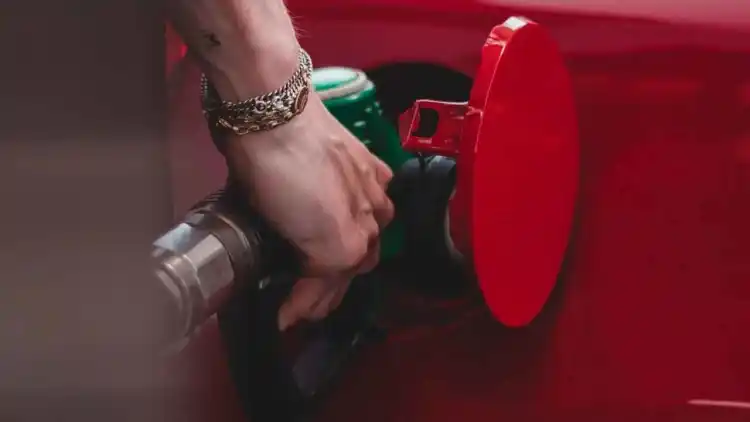- What to Know BEFORE You Clean
- How To Clean A Fabric Headliner
- For Vinyl or Plastic Headliners
- Dealing With Stubborn Stains (Grease, Cosmetics, Chewing Gum)
- Comparing Fabric to Vinyl Headliner Cleaning
- Family Car With Years Of Neglect
- Golden Tips & Mistakes to Avoid
The interior headliner—sometimes called the hoodliner or roof lining—rarely gets the love of seats, carpets, consoles, or dashboards, despite its critical design and comfort role. Over the years, dust, smoked residue, food mishaps, and sticky fingers leave ugly stains and odors. Left unchecked, the headliner spoils the car’s entire ambiance, making any attempt at “deep cleaning” incomplete. How do you give it back its original elegance—without destroying its delicate structure or causing sagging? This is your step-by-step playbook.

What to Know BEFORE You Clean
Most headliners are fabric laminated to foam backing with glue (or, in older models, fiberglass or vinyl panels).
Too much scrubbing or downward pressure can break the adhesive and cause the headliner to sag or delaminate.
Never spray water or cleaners directly onto the lining—spot cleaning and slow drying are the safest way.
Always clean in the shade with opened windows for faster, safer drying.
How To Clean A Fabric Headliner
Vacuum: Gently use a soft brush vacuum attachment to remove dust and debris.
Microfiber Sponge + Foam Cleaner: Use products like Turtle Wax or Stoner upholstery foam, misted onto the sponge, never directly onto the headliner.
Lightly Wipe Side-To-Side: Start at the driver’s side, working across in small sections. Be gentle, clean the sun visors and pillar covers, and avoid drenching or pulling fabric.
Dry With a Clean Microfiber Cloth: Use gentle back-and-forth motions to finish. Rinse the sponge as you go to avoid rubbing dirt back into clean areas.
For Vinyl or Plastic Headliners
Vinyl linings are tougher and less absorbent and can be cleaned with common interior cleaners.
Wipe with a damp microfiber; then apply the cleaner using circular motions with a sponge.
Dry each section promptly with a clean, absorbent towel.
Repeat the process on stubborn spots, using gentle pressure to avoid damaging seams.
Dealing With Stubborn Stains (Grease, Cosmetics, Chewing Gum)
Grease/Cosmetic Spots: Dab a cleaning sponge with a strong interior cleaner, then gently “blot—not rub” the stain, letting the cleaner lift the dirt without aggressive friction.
Chewing Gum: Never scrape! Press ice cubes inside a plastic bag onto the gum for 2–3 minutes, then gently peel once hardened.
Finish with a lint roller to catch stray fibers or dust after spot cleaning.
Comparing Fabric to Vinyl Headliner Cleaning
Family Car With Years Of Neglect
Imagine buying a used car from a pet-loving family. The cabin is vacuumed, but the headliner is stained and funky. By focusing on the ceiling, using slow, patient cleaning and targeted stain removal, the new owner restores the car’s original freshness and aroma—without sagging the fabric or ruining its look. This not only revitalizes the in-cabin experience but also boosts resale value and everyday driving pleasure.

Golden Tips & Mistakes to Avoid
Never spray cleaner directly on the ceiling.
No aggressive scrubbing or hard-bristled brushes.
Always test cleaners on a hidden patch first.
Clean gradually, doing small areas at a time.
Regular “maintenance cleaning” is better (every few months) than ignoring the headliner for years.
Headliner cleaning isn’t scary or expensive—it’s a real investment in your car’s resale value, ambiance, and health. Take your time, use gentle, targeted methods, and your ceiling will look, smell, and feel better than it has in years—even if you inherited decades of neglect.












